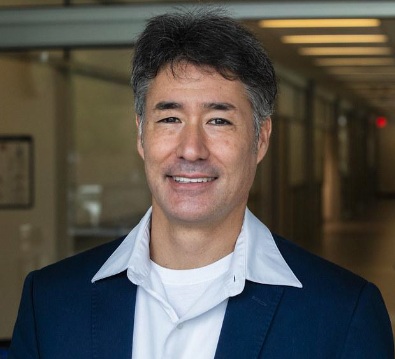
Abstract
There is tremendous interest in making the next super battery, however Li ion technology continues to improve and has inertia in several commercial markets. Recent material breakthroughs in solid-electrolytes (SE) could enable a new class of non-combustible solid-state batteries delivering twice the energy density (>1,300 Wh/L) compared to Li-ion. However, technological and manufacturing challenges remain, creating the impetus for fundamental, applied, and multi-disciplinary research in materials science, mechanical, and chemical engineering.
The recent discovery of several solid electrolytes with Li ion conductivities approaching or exceeding that of state-of-the-art (SOA) liquid electrolytes has inspired a resurgence in research of solid-state batteries and other advanced electrochemical technologies. However, while these materials discoveries have the disruptive potential to enable dramatic improvements in performance and safety, fundamental research in understanding emergent mechano-electrochemical and physical phenomena that occur during operation, especially at interfaces. This discussion will consist of 1) mechano-electrochemical phenomena at solid interfaces, 2) manufacturing challenges related to Li metal integration, and 3) a brief overview of the new Department of Energy, Energy Frontier Research Center, MUSIC – Mechano-chemical Understanding of Solid Ion Conductors.
The underlying physics that control the stability and kinetics of all solid-state interfaces are fundamentally different from interfaces in SOA Li ion technology. Moreover, the mechano-electrochemical phenomena that occur during discharge and charge at the Li/SE interface are considerably different. For example, during charging at higher rates Li metal filaments can initiate at defects and propagate through relatively hard ceramics. During discharge, if the Li stripping rate is sufficiently high and the pressure is sufficiently low, voids form at the interface causing delamination at of the interface. An overview of these phenomena will be discussed.
In another example, novel mechano-electrochemical phenomena are emerging when analyzing the in-situ formation of Li anodes when using the Li0-free manufacturing approach. Using this approach for solid-state batteries, Li is interposed between a metal (foil) and the SE. The mechanics and wetting at this interface will determine the feasibility of this approach by controlling the homogeneity of the in situ formed Li anode. By understanding this process, the manufacturing process of solid-state batteries can be dramatically simplified.
Lastly, a brief overview will be provided of the new Department of Energy, Energy Frontier Research Center, MUSIC. The overarching mission of MUSIC is to focus on mechano-electrochemical phenomena, but is also focused on workforce development and education.
Biography
Jeff Sakamoto joined UC Santa Barbara’s College of Engineering faculty in November 2023 with joint appointments in the Mechanical Engineering and Materials Departments. He has 25 years of experience studying and translating electrochemical materials into energy storage technologies.
Sakamoto’s research group designs and synthesizes ceramic electrolytes, tests their electrochemical and mechanical properties, and develops manufacturing processes to help commercialize high performance, safe, and low-cost batteries. His work has advanced the area of ionically conducting ceramics, or ceramic ion conductors (CICs), which are critical materials for solid-state and flow cell batteries for EVs and the electrical grid, respectively.
Prior to joining the UCSB faculty, Sakamoto spent nine years at the University of Michigan, where he served as director of Michigan’s Department of Energy Frontiers Research Center, called the Mechano-chemical Understanding of Solid Ion Conductors), MUSIC. Last year, Sakamoto also served as the faculty lead in a successful push to establish the EV Center at Michigan, testifying before state representatives about the importance of developing next-generation batteries, manufacturing state-of-the-art Li-ion batteries, and educating and training battery scientists and engineers.
Sakamoto also spent six years as a faculty member at Michigan State and seven years as a senior engineer at NASA/Caltech/Jet Propulsion Laboratory. He is a Kavli Frontiers of Science Fellow, a recipient of the Major Space Act Award from the NASA Inventions and Contributions Board, the primary contributor on nearly three dozen patents, and founded and co-founded three startups. Sakamoto received his PhD in materials engineering from UCLA and served four years in the U.S. Army.